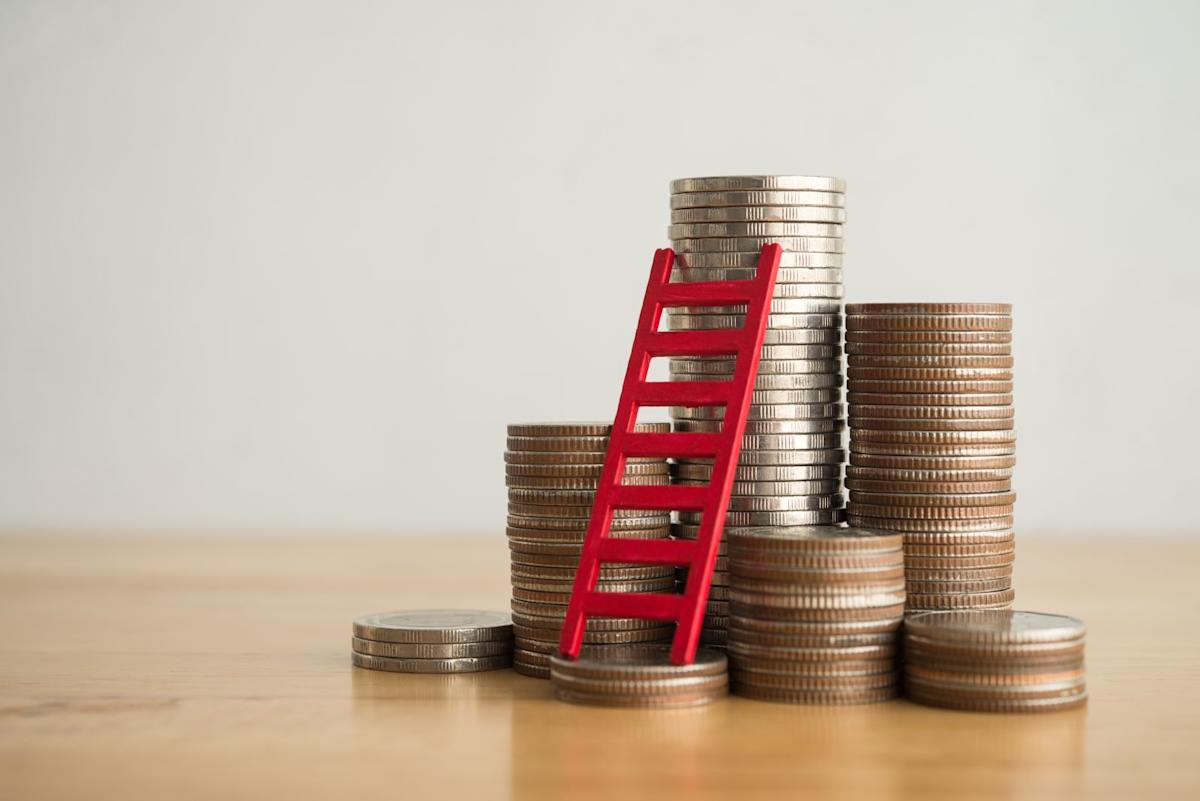This Stock’s Dividend Has Risen 1.5X in 2 Years. Is It a Buy Here?
Last week, Disney (DIS) announced its fiscal Q4 2025 earnings, which were a mixed bag and led to a selloff in the stock. One of the key highlights of the report was the 50% hike in its dividend, following which the company will pay an annual dividend of $1.50 in the current fiscal year.
Disney increased its dividends by 33% in December 2024, also. Since reinstating its dividends in late 2023, its semi-annual dividends have risen from $0.30 to $0.75 – a 1.5-fold increase. On the face of it, the hike looks quite astonishing, but should you buy Disney for its dividends? Let’s explore.
Disney’s dividend hike is actually not as “magical” as it seems. The company suspended its dividends in 2020, like many other companies, and restored them only in late 2023. The three-year suspension was, however, much longer than other companies like Ford (F) and General Motors (GM), which resumed their dividends much sooner.
Disney began with a semi-annual dividend of $0.30, which was much lower than the pre-pandemic levels. The baby step toward dividend restoration was understandable as the company was still recovering from the COVID-19 pandemic, and its streaming business was losing a lot of money. However, despite the 1.5X rise since 2023, the payout is below the $0.88 semi-annual dividend that the company paid before the COVID-19 pandemic.
Secondly, even after the generous hike, Disney’s forward dividend yield is just about 1.42% which is not much different from the average S&P 500 Index ($SPX) peer. Finally, I won’t list Disney as a reliable dividend stock considering the elongated period it took to restore its dividends. Unlike high dividend payers, which typically include the likes of utilities, midstream companies, and REITs, dividends are a side story at best for Disney, and investors should expect the bulk of returns from capital appreciation, something the stock has failed to do for the last few years.
Disney has been a terrible underperformer and has fallen over 6% in the last 10 years, losing a lot of wealth for investors both on an absolute as well as relative basis, considering the over 3-fold rise in the S&P 500 Index over the period. The stock is in the red in 2025 also and is on track to underperform the S&P 500 Index this year—something it did in three of the last four years.



Leave a Comment
Your email address will not be published. Required fields are marked *